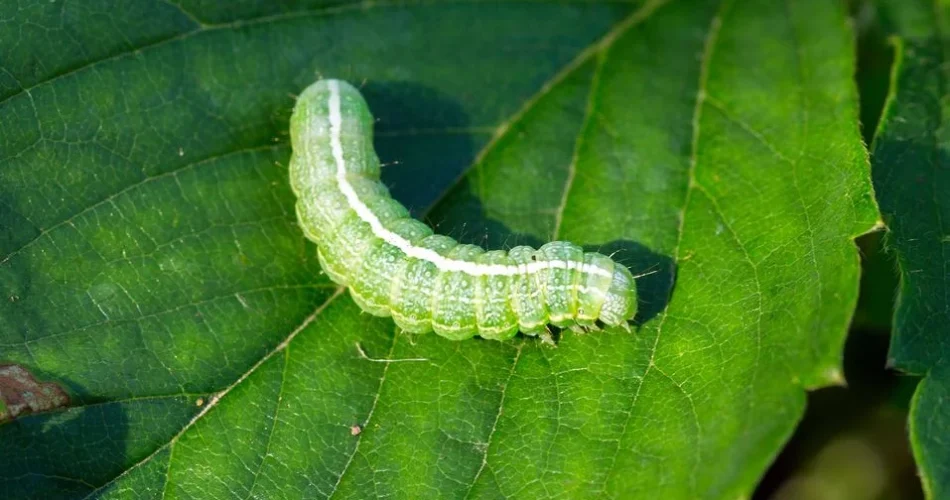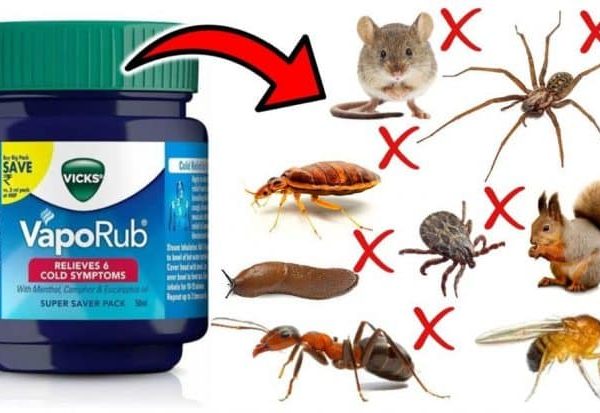Green caterpillars, known for their voracious appetite, can become a serious problem in gardens due to their rapid growth and lack of natural enemies. These pests, identifiable by their green, furry bodies, can devastate plants swiftly, necessitating prompt and effective control measures. If you prefer eco-friendly solutions, here are several natural methods to manage green caterpillar infestations effectively.
Identifying Green Caterpillars Green caterpillars vary from light to dark green and may feature spots. Their bodies are cylindrical with distinct heads and segments, and some possess hairs or thorns. These caterpillars typically react to touch by cowering or puffing up to appear larger, deterring predators. They are drawn to plant leaves and often feed in groups, sometimes forming protective processions.
Natural Methods to Control Green Caterpillars
- Manual Removal: Regularly inspect plants, especially those susceptible like cabbages, for green caterpillars and their eggs, which are often found on the underside of leaves. Manually collecting these caterpillars is a safe and immediate way to reduce their numbers.
- Tomato Leaf Extract: Use a macerate of tomato leaves as a deterrent. Soak 1 kg of tomato leaves in a liter of water for 24 hours, strain, and then spray the solution on plants to discourage egg laying.
- Tansy Slurry: Effective against various pests including cabbage moths, tansy slurry can be made by boiling 40 g of fresh tansy or 3 g of dried tansy per liter of water for 30 minutes. Cool, strain, and use the solution to water affected areas.
- Rock Powder: Apply rock powder on plants, especially after rain or dew, to prevent butterflies from laying eggs. This powder should be reapplied regularly, particularly after rainfall.
- Mixed Cultivation: Integrating different plant species can confuse and deter butterflies from laying eggs. Planting aromatic herbs or tomatoes, which are strongly scented, can help mask the presence of host plants.
- Natural Garden: Encouraging a biodiverse garden can promote a balance between beneficial and harmful insects, reducing the prevalence of green caterpillars. Natural predators in the garden, like ichneumon wasps and ground beetles, play a crucial role in controlling caterpillar populations.
- Protective Netting: Use garden netting to prevent insects from reaching plants and laying eggs. Ensure the nets are securely anchored to effectively protect against pests.
- Employing Natural Predators: Identify the specific species of green caterpillar in your garden and introduce appropriate natural predators. Species-specific parasitoids and beneficial insects like lacewings can significantly reduce caterpillar numbers.
By employing these natural strategies, you can effectively manage green caterpillar populations without resorting to harsh chemicals, preserving both your garden’s health and the environment.



